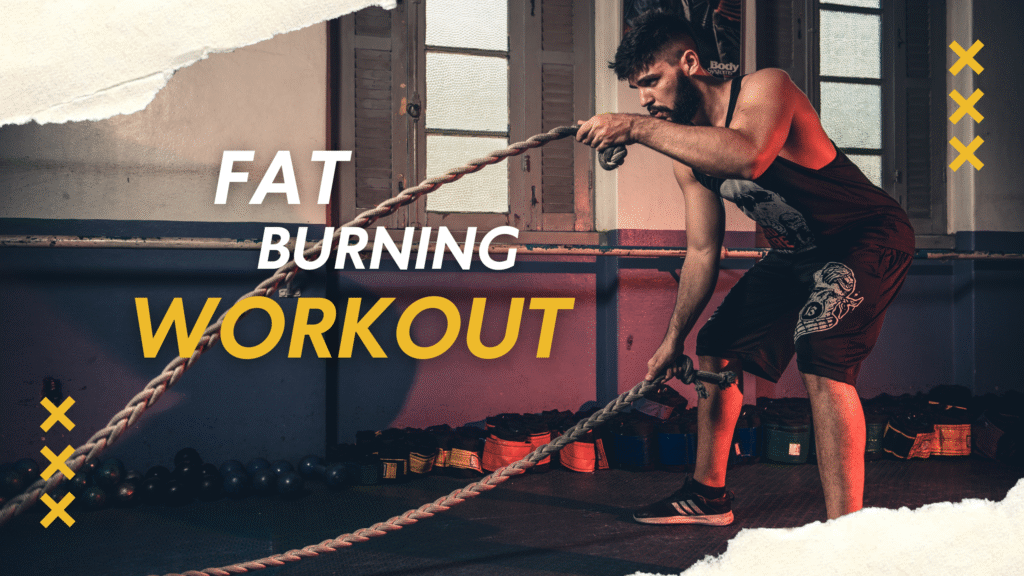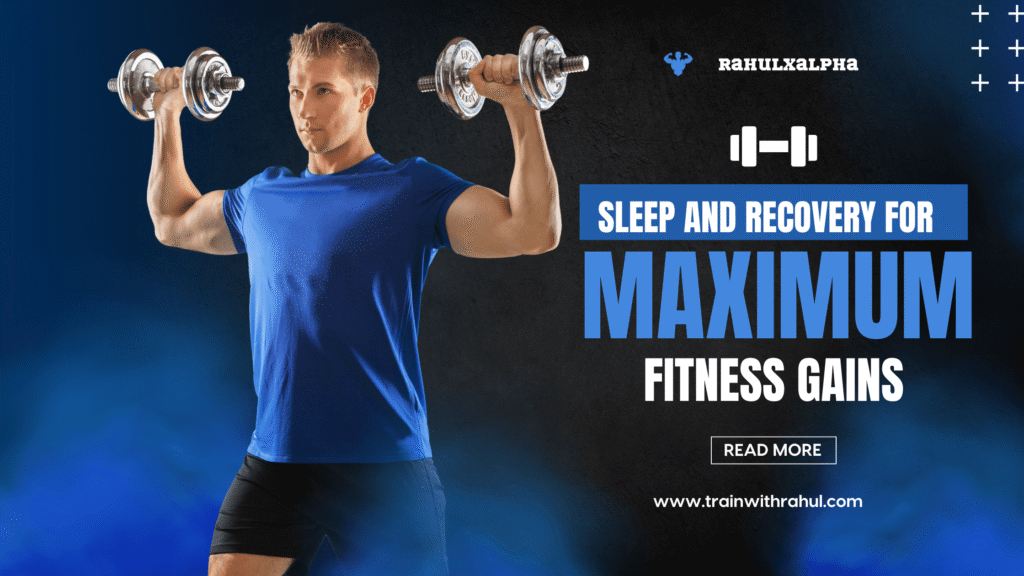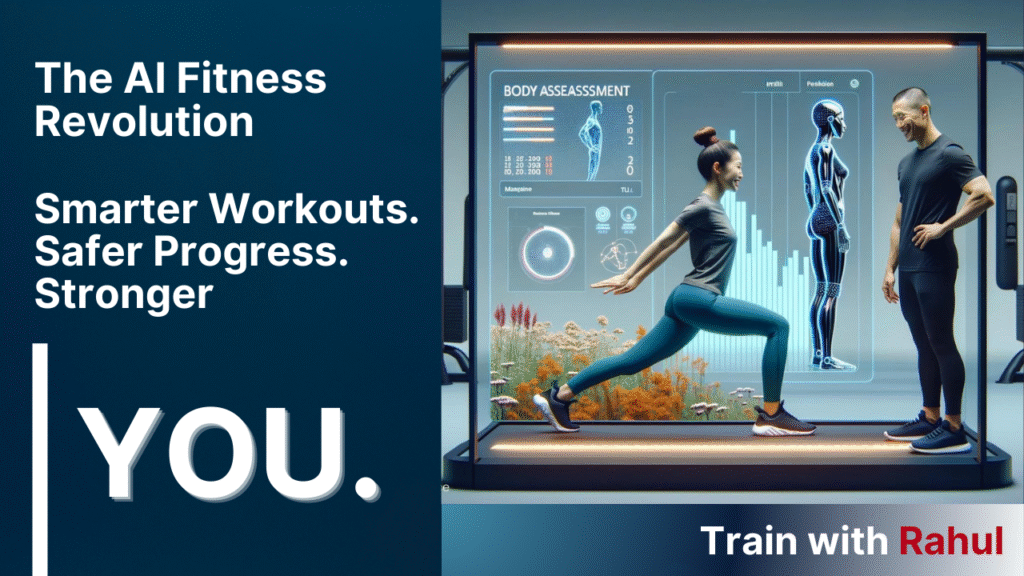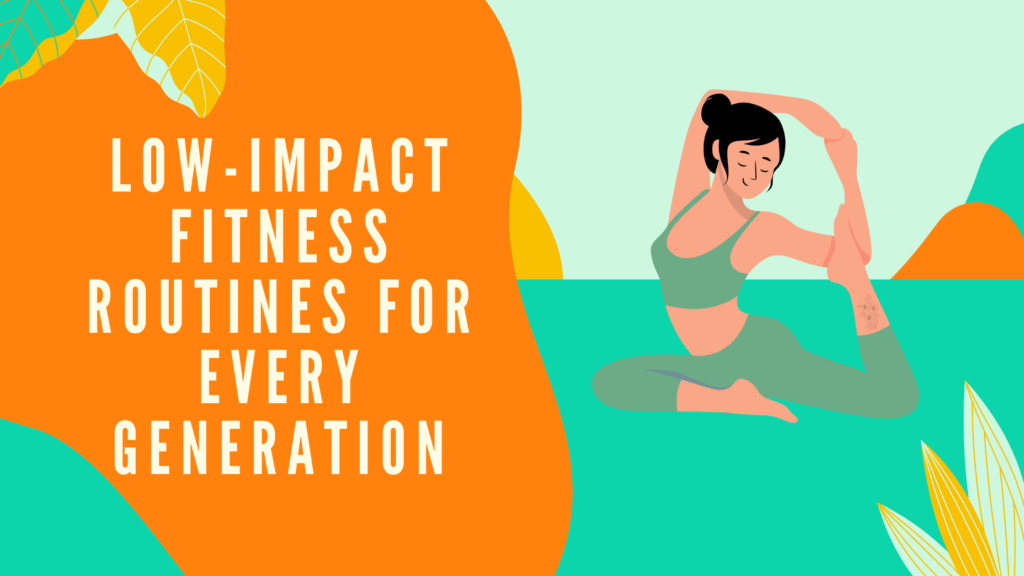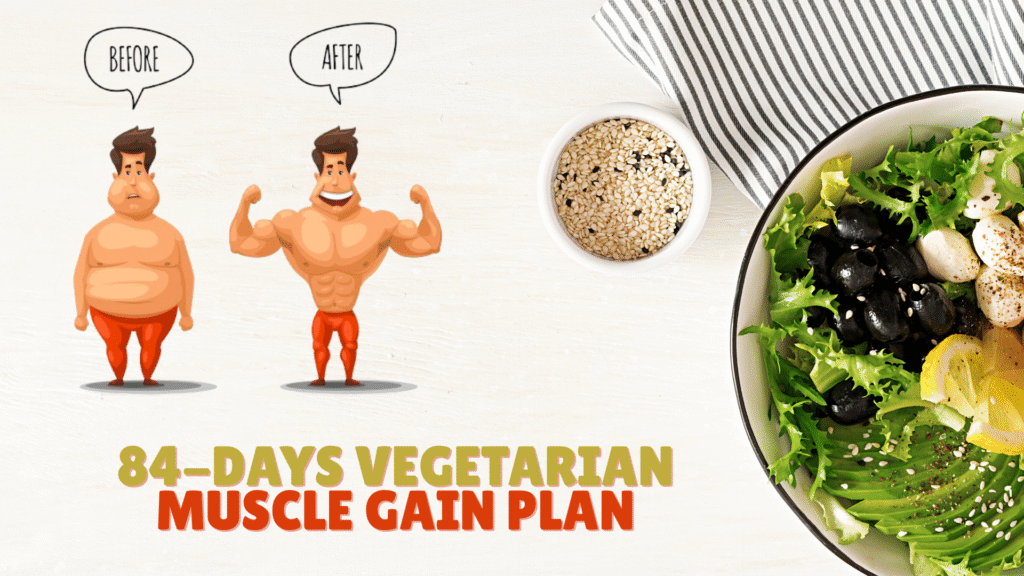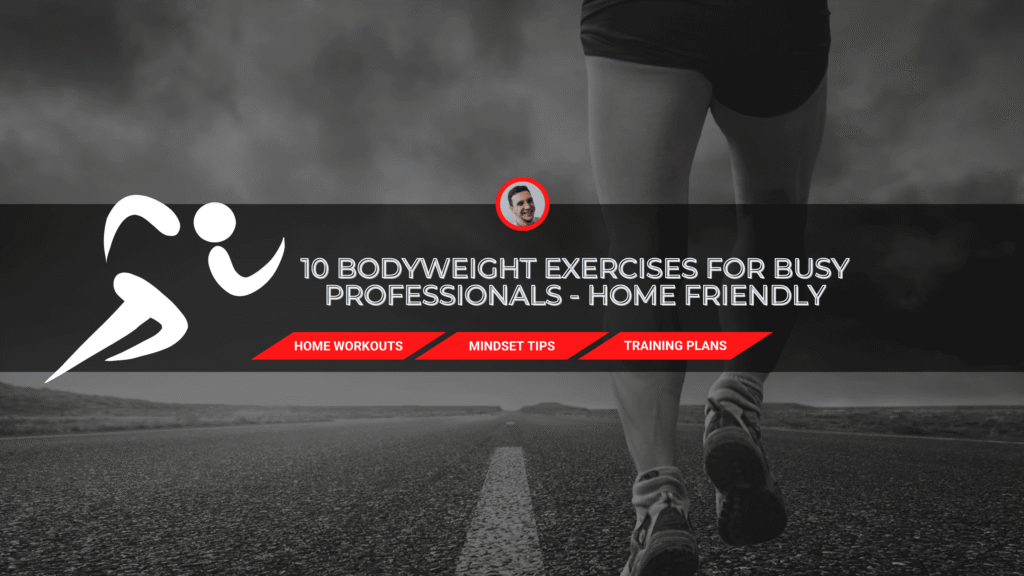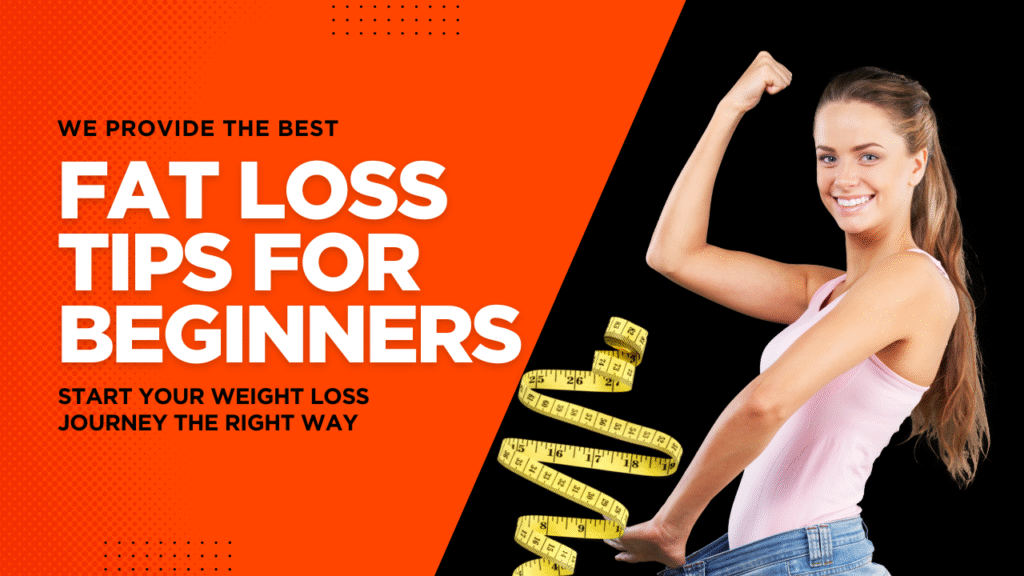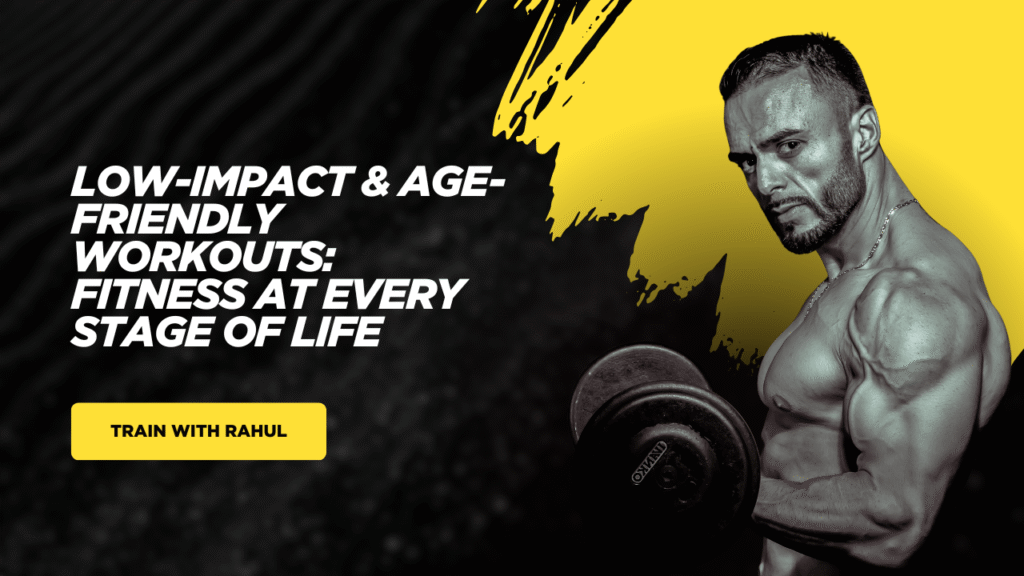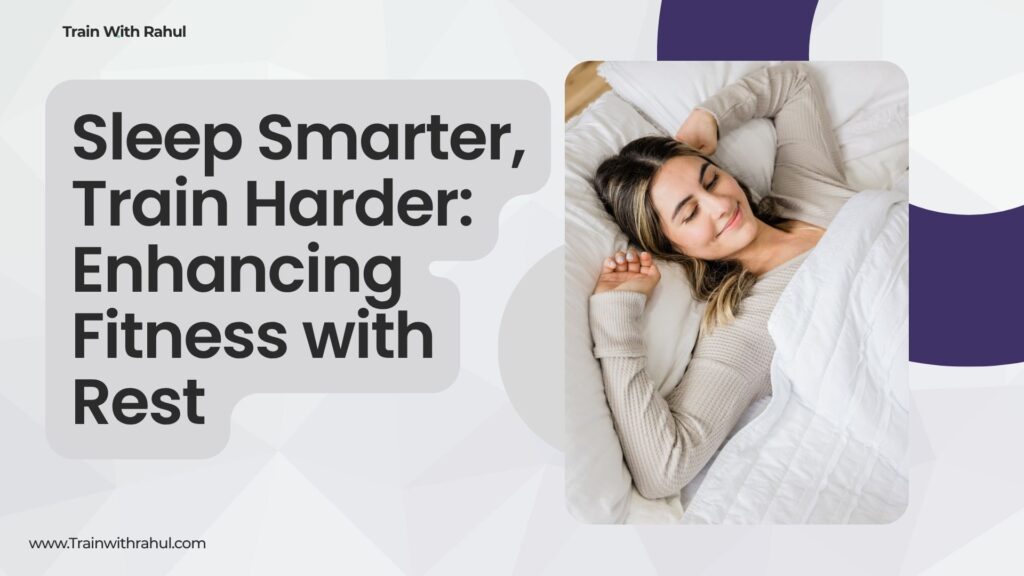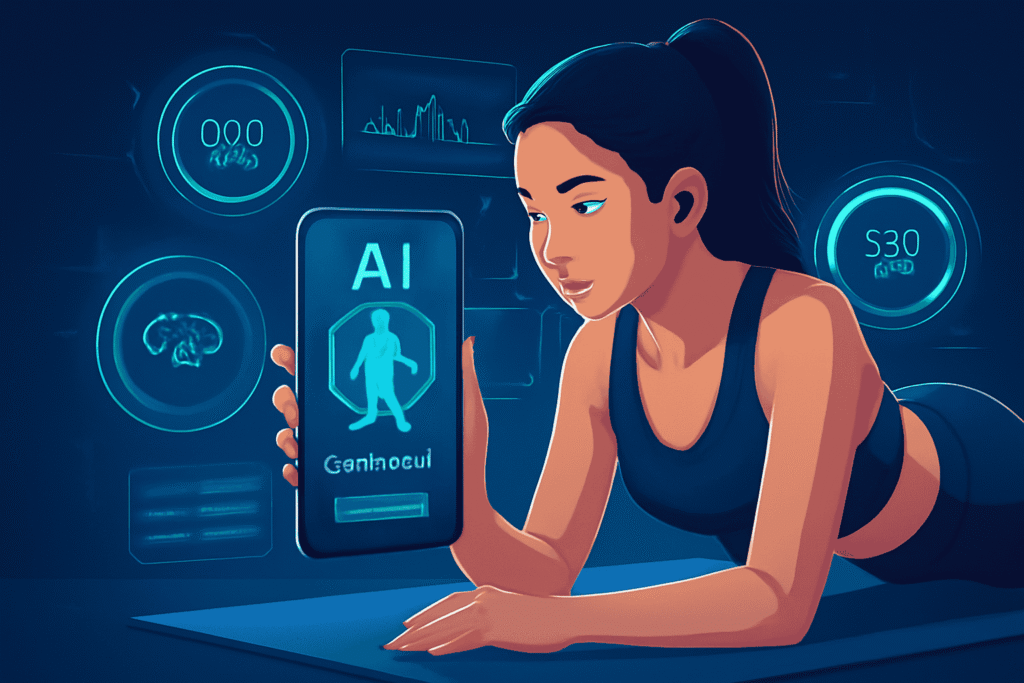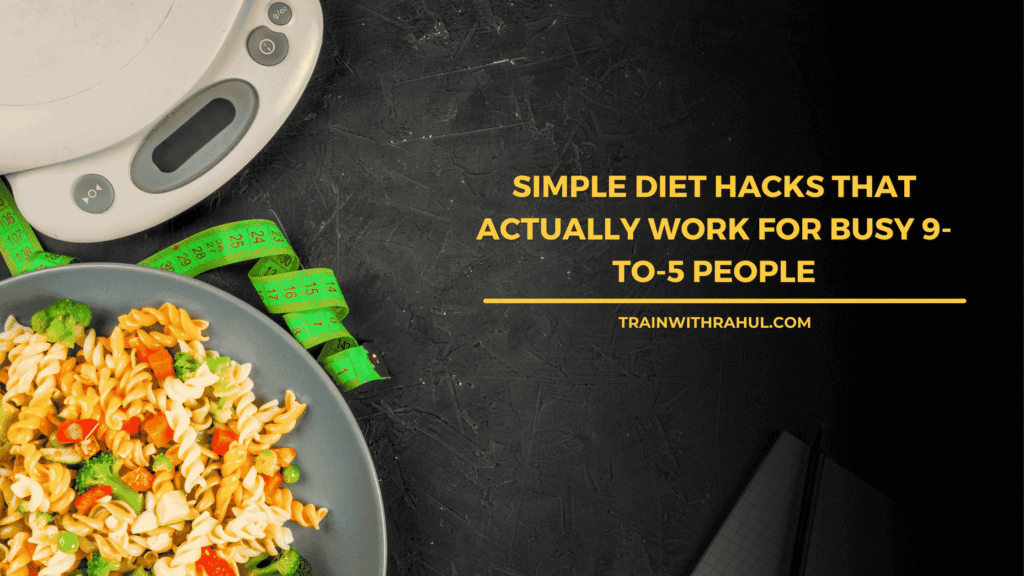Fast Fat Burning Workout: Stair Climbing and Jump Rope for Quick Results
In today’s fast-paced world, finding time to stay fit isn’t easy. Between work, travel, and responsibilities, hitting the gym daily can feel impossible. But what if you could achieve quick fat loss and improve fitness in just 10 minutes a day? This seemingly impossible goal is within reach when you harness the power of two of the simplest, yet most effective, cardio tools: stairs and a jump rope. That’s exactly what this stair climbing and jump rope workout delivers — a fast fat burning workout designed specifically for busy lives. With minimal equipment and maximum efficiency, these two simple, highly accessible cardio exercises can help you burn fat fast, build endurance, and stay fit anywhere. Forget the long, grueling gym sessions; the era of the high-intensity, short-duration quick HIIT workouts is here, and it’s led by the humble jump rope and a flight of stairs. Why Choose Stair Workouts and Jump Rope for Fitness? The Ultimate Cardio Synergy The synergy between these two exercises is what makes this routine so powerful. They complement each other perfectly, providing a complete cardiovascular and muscular challenge that few other single activities can match. Stair Workouts for Fitness: A Low-Impact Powerhouse Stair climbing is hands-down one of the most effective bodyweight cardio workouts you can do. It’s often referred to as “vertical running,” and it targets your legs, glutes, calves, and core simultaneously. Unlike running on a flat surface, the elevation change requires more power and muscle recruitment, helping you build strength while rapidly torching calories. Finding a set of stairs—whether at home, office, or park—is almost always possible, making it a zero-excuse option for a powerful, results-driven session. Core Benefits of Stair Workouts: Exceptional Cardiovascular Endurance: Forces the heart and lungs to work harder against gravity, significantly improving aerobic capacity. Lower Body Muscle Strengthening: It’s a compound movement that builds lean muscle mass in the largest muscle groups (glutes and quadriceps), which is crucial for a higher resting metabolism. Boosts Metabolism and Fat Burning: The high-intensity nature of a stair cardio routine ensures that your body enters an “afterburn” state (EPOC), continuing to burn calories long after the workout is over. Practical and Accessible: Ideal for people with busy schedules who still want a quick HIIT workout that actually delivers results. Joint-Friendly (when done correctly): Walking or stepping up stairs can be easier on the knees than running on pavement, making it a great option for people seeking a lower-impact, high-intensity challenge. By incorporating different variations, such as lateral steps or step jumps, the stair workouts for fitness can continually challenge your muscles, preventing plateaus and accelerating your journey toward quick fat loss. Jump Rope for Fat Loss: The Portable Cardio King A jump rope fat loss workout is often underrated. It is one of the best quick HIIT workouts for full-body conditioning, period. Skipping not only burns calories rapidly but also drastically improves coordination, agility, reaction time, and stamina. It’s the ultimate full-body connector, requiring synchronized movement from your hands, shoulders, core, and legs. The numbers don’t lie: A high-intensity skipping workout plan can be an extreme calorie incinerator. Just 10 minutes of intense jump rope can burn as many calories as 30 minutes of slow jogging. When you combine this kind of calorie expenditure with the muscle-building demands of stair climbing, you get an unbeatable fat loss combo that maximizes efficiency in minimal time. This makes the jump rope fat loss component a non-negotiable part of your routine. Core Benefits of Jump Rope Workouts: Effective Calorie Burner: Depending on intensity, it can burn up to 10–15 calories per minute, making a cardio in 10 minutes session highly impactful. Enhances Heart Health: Rapid, sustained effort elevates the heart rate efficiently, strengthening the cardiovascular system. Improves Balance and Posture: The constant need for stabilization and rhythmic movement strengthens the deep core muscles essential for balance. Tones Full Body: Helps tone arms, legs, shoulders, and abs—it’s a comprehensive, total-body toner that few pieces of portable equipment can rival. The 10-Minute Cardio Routine: Stair Climbing + Jump Rope Combo This is the central pillar of your fast fat burning workout. It’s structured using the principles of High-Intensity Interval Training (HIIT) to maximize the “afterburn effect” and ensure that every second counts. This routine is perfect for home cardio or even during a work break. Total Duration: 10 minutes Equipment Needed: A sturdy staircase (at least 10–15 steps) and a high-quality jump rope. Warm-Up (1 minute) Exercise Duration Purpose Jumping Jacks 30 seconds Raises core temperature and heart rate. Bodyweight Squats (light) 30 seconds Primes the glutes, quads, and knee joints for the stairs. Main Workout (8 minutes of HIIT Intensity) This alternating structure is the key to this fast fat burning workout‘s success. It shifts the intensity focus between the lower body (stairs) and the full body (rope), allowing for a high heart rate without completely fatiguing one muscle group too quickly. Interval Exercise Duration Focus / Technique 1 (Jump Rope) Jump Rope (moderate pace) 60 seconds Basic two-foot bounce. Focus on maintaining a consistent rhythm and minimal jumping height. This acts as a final cardio warm-up. 2 (Stairs) Stair Climb (fast pace) 60 seconds Quickly step up the stairs, taking one step at a time. Walk/jog down slowly for the return. Maximize the ascent speed. Stair cardio routine begins! 3 (Jump Rope) Jump Rope (high knees) 60 seconds Lift your knees aggressively to hip height while skipping. This is a powerful fat burning variation that drives heart rate up quickly. 4 (Stairs) Stair Sprint (up & down) 60 seconds Sprint up the entire flight and immediately turn around and carefully jog or walk quickly down. This is an endurance and max effort push. 5 (Jump Rope) Jump Rope (double unders or fast skips) 60 seconds If you can, attempt double unders (rope passes twice per jump). If not, simply increase your skipping speed to its maximum for maximum intensity and explosive HIIT. 6 (Stairs) Stair Step Jumps or Quick Steps 60 seconds Jump
Fast Fat Burning Workout: Stair Climbing and Jump Rope for Quick Results Read Post »
